Here’s a collection of books to help expand your knowledge about Japan. I’ve referred to these books for my various writing projects. This list skews toward history because that’s my thing. You will also find English translations of landmark Japanese literary works, which everyone interested in Japan ought to read.
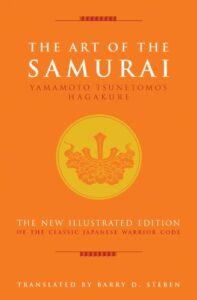
The Art of the Samurai by Yamamoto Tsunetomo
Considered the touchstone work on Bushido. Tsunetomo, a former samurai retainer, imparts his wisdom through a series of contemplative and thought-provoking passages known as hagakure. This still-relevant book delves into the principles of honor, loyalty, and self-discipline that guided the samurai way of life. He uses anecdotes and philosophical reflections to explain his view of what makes a true warrior, highlighting the importance of cultivating inner strength and resilience.
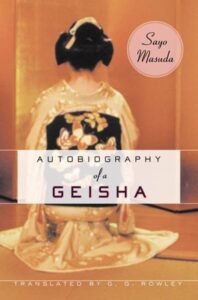
The Autobiography of a Geisha by Sayo Masudo
Masudo’s memoir provides a rare and intimate look into the life of a geisha in pre-World War II Japan. Masudo recounts her journey from a poverty-stricken childhood to becoming a highly skilled entertainer in the geisha district of Gion. She shares her experiences as she navigates the intricate traditions, rigorous training, and complex relationships within the geisha community. Masudo unveils the beauty, sacrifices, and resilience of geisha along with the darker side of the profession.
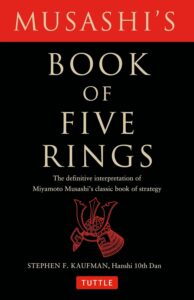
The Book of Five Rings by Miyamoto Musashi
Musashi offers his insights and principles on combat and the way of the warrior. The book turns abstract as Musashi tries to explain in text what can only be experienced: such as the feel of using a sword or various other martial arts. The Book of Five Rings is the precursor for his distilled essay, Dokkodo.
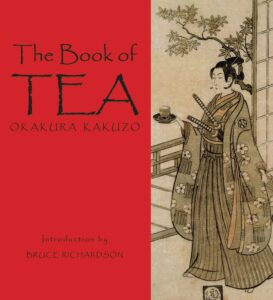
The Book of Tea by Okakura Kakuzo
This book explores the cultural significance of tea in Japan, discussing its historical, aesthetic, and philosophical aspects. Kakuzo reflects on the role of tea in shaping Japanese society and its connection to art, Zen Buddhism, and simplicity. You can read my deeper dive in this article.
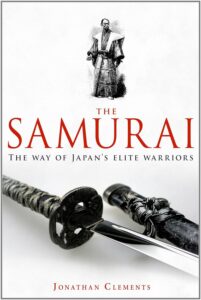
A Brief History of the Samurai by Jonathan Clements
This book provides a concise overview of the samurai’s evolution from their origins to their decline. Clements explores key historical events, societal changes, and the samurai’s impact on Japanese culture. It provides a good “sky high” view of samurai history.
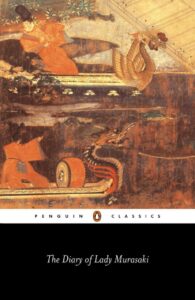
The Diary of Lady Murasaki
Murasaki’s diary offers the rare view from a woman living in the Heian period. Through her diary, she shares her view of court life, personal experiences, and the cultural nuances of medieval Japan. Read more about this important work in my review.
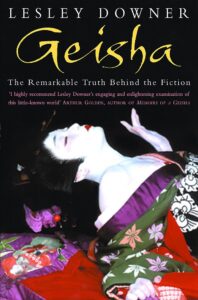
Geisha by Lesley Downer
Downer’s book provides an exploration of geisha, delving into their history, training, and role in Japanese society. Downer offers an accessible and informative introduction to the world of geisha. This book served as the cornerstone, among other books, for my Teahouse Mystery series.
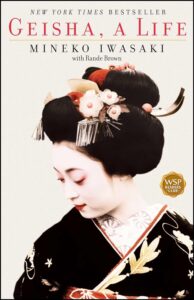
Geisha, A Life by Mineko Iwasaki
This memoir was written by a former geisha, providing an insider’s perspective on the geisha profession. Iwasaki shares her personal experiences, challenges, and the rich traditions that define the geisha world. Iwasaki portrays a more genteel world than Masuda’s account, but they also lived during different eras.
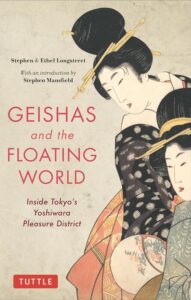
Geishas and the Floating World by Stephen and Ethel Longstreet
Geishas and the Floating World examines the historical and cultural context of geisha within the vibrant ukiyo-e art scene. The authors explore the interplay between geisha, artists, and patrons in the floating world of pleasure districts. This book provides a bird’s-eye view. You can read more in my review.
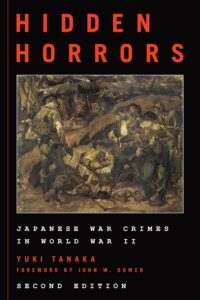
Hidden Horrors by Yuki Tanaka
Hidden Horrors accounts the war crimes committed by the Japanese military during World War II, focusing on their actions in China and Southeast Asia. Tanaka meticulously investigates lesser-known atrocities and sheds light on the dark side of Japanese wartime history. This is a must read, but it is also a hard read.
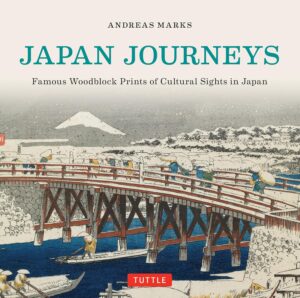
Japan Journeys by Andreas Marks
This coffee-table style book showcases a collection of woodblock prints, providing a visual journey through Japan’s landscapes, people, and customs. Marks offers commentary on the artistry and historical significance of these prints. It’s a great place to start learning about woodblock prints.
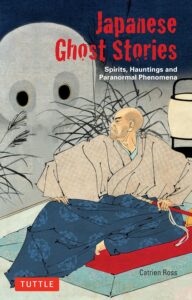
Japanese Ghost Stories by Catrien Ross
Ross compiles a selection of eerie and supernatural tales from Japanese folklore. She presents a collection of ghostly encounters, showcasing the rich tradition of Japanese ghost stories and the cultural beliefs that underpin them. I discuss this book more in this article.
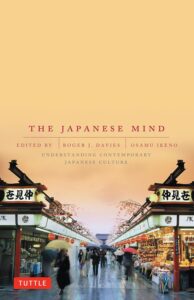
The Japanese Mind edited by Roger Davies and Osamu Ikeno
This book is an anthology that examines various aspects of Japanese culture, psychology, and social norms. The book’s collection of essays comes from diverse contributors, providing insights into the complexities of the Japanese mindset.
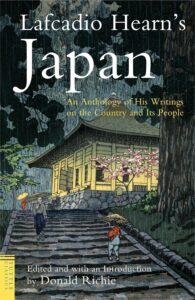
Lafcadio Hearn’s Japan edited by Donald Richie
Richie compiles a selection of writings by Lafcadio Hearn, an influential Western writer who extensively documented Japanese culture and folklore. The book provides a nuanced perspective on Hearn’s observations and experiences in Japan. Lafcadio’s writings are a must read for people who want to understand the beginning of the Meiji era and the West’s fascination with the, then, unknown Japan.
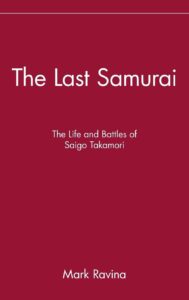
The Last Samurai by Mark Ravina
The Last Samurai dives into the historical context and legacy of the samurai rebellion against the Meiji Restoration. Ravina analyzes the events surrounding the Satsuma Rebellion and its implications for the end of the samurai era.
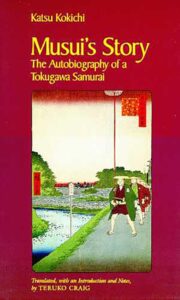
Musui’s Story translated by Teruko Craig
Musui’s Story presents the memoir of Katsu Kokichi, a flamboyant and audacious samurai from the late Edo period. Kokichi’s colorful account offers a unique window into the samurai world, filled with personal anecdotes and insights into the social dynamics of the time. This book is more for historians than for people with a general interest in Japan.
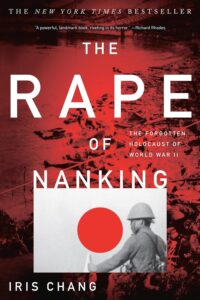
The Rape of Nanking by Iris Chang
This book delves into the brutal 1937 massacre of Chinese civilians by the Japanese army during the Second Sino-Japanese War. Chang investigates the atrocities and their historical significance, shedding light on a tragic chapter in East Asian history. This is a hard read because of the unrelenting violence it covers.
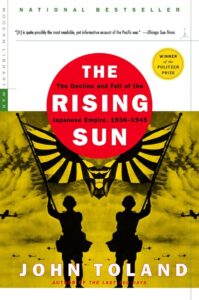
The Rising Sun by John Toland
This 2-volume work provides an exhaustive account of Japan’s imperial expansion and Japan’s role in World War II. Toland explores the political, military, and cultural factors that shaped Japan’s aggressive rise and subsequent defeat. Toland and his wife managed to include many in-depth interviews with people who were present for the various events.
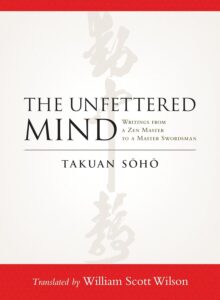
The Unfettered Mind by Takuan Soho
Soho was a Zen master who wrote about the nature of the mind, self-discipline, and personal growth. While he aimed at samurai, his ideas remain important today. However, his book isn’t easily read. You need a solid understanding of Zen Buddhism to get his references and layered meanings.
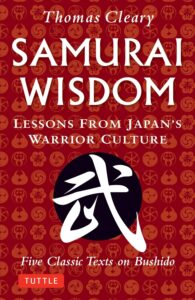
Samurai Wisdom translated by Thomas Cleary
Cleary presents a selection of texts that offer philosophical and practical guidance on the samurai’s path, highlighting their ideals and moral principles. Much of the ideas still apply today.
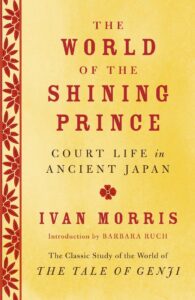
The World of the Shining Prince by Ivan Morris
This book explores the cultural and historical context of the Heian period in Japan through the life and writings of Prince Genji. Morris looks into the intricacies of court life, literature, and social dynamics, providing a vivid portrait of this influential era. Before you read the Tale of Genji, you ought to read this book.
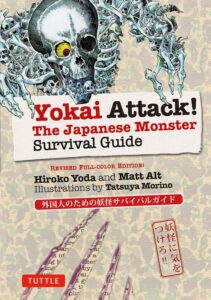
Yokai Attack! by Hiroko Yoda and Matt Alt
This guidebook introduces readers to the fascinating world of yokai, supernatural creatures in Japanese folklore. With lively descriptions and illustrations, the authors bring to life a wide array of yokai. It’s a fun read.
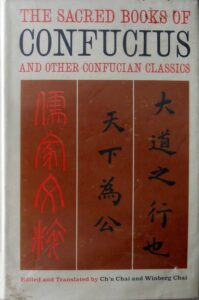
The Sacred Books of Confucius edited and translated by Ch’u Chai and Winberg Chai
This book presents a collection of key texts and teachings from Confucianism, including Confucius’s philosophical principles, moral teachings, and social ideals. Confucianism influenced Japanese culture in many different ways, so it’s important to understand what Confucius and other related philosophers wrote.
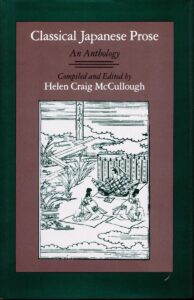
Classical Japanese Prose compiled and edited by Helen Craig McCullough
This selection of classical Japanese literary works, ranging from poetry and essays to memoirs and diaries, showcases the richness and diversity of Japanese prose from different historical periods. It provides a good overview of Japanese literature and hits most of its literature’s milestones.
These books are just a place to start
There are countless books that delve into Japanese history. Unfortunately, some of the best books are out of print and difficult to find, such as Kitsune, Japan’s Fox of Mystery, Romance, and Humor by Kiyoshi Nozaki, which underpins the research I used to write my own book about kitsune, Come and Sleep.
I have to leave you with one more shameful plug. If you like Japanese folklore, look into my collection Tales from Old Japan. I rewrote over 170 stories to make them easier to read for those who aren’t versed in Japanese folklore and history.
Okay, with that out of the way, if you write a blog or create videos about Japan or anime or manga, a home library may prove useful for you. I found most of the books on this list second-hand: either bought used online or found in various thrift bookstores. It doesn’t take of lot of money to build a solid reference library on the cheap. Sometimes you need a little luck, especially with hard-to-find books like Nozaki’s book.
What books do you have in your reference library?
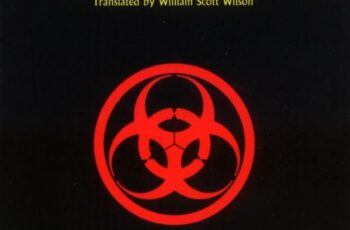
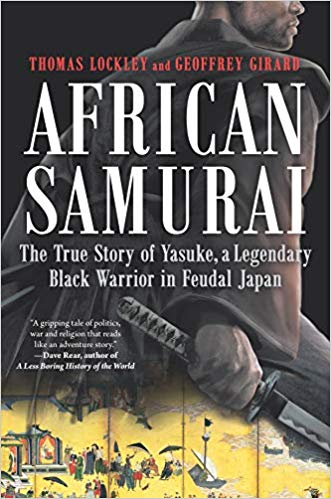
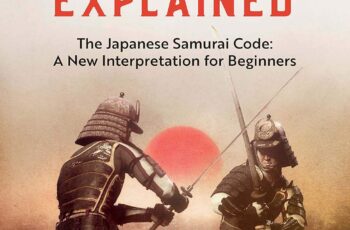
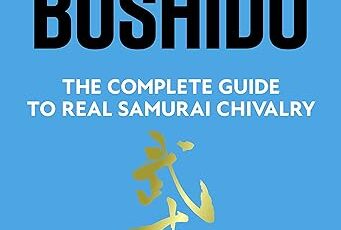
Great List Chris!
I’m really looking forward to reading these after my exams are over.
By the way, I recommend The Waiting Years by Fumiko Enchi, it’s a very impactful read. I’m sure you’ll enjoy it!
Looking forward to reading great articles like this again!
Thanks for the book suggestion! I hope you enjoy the books.